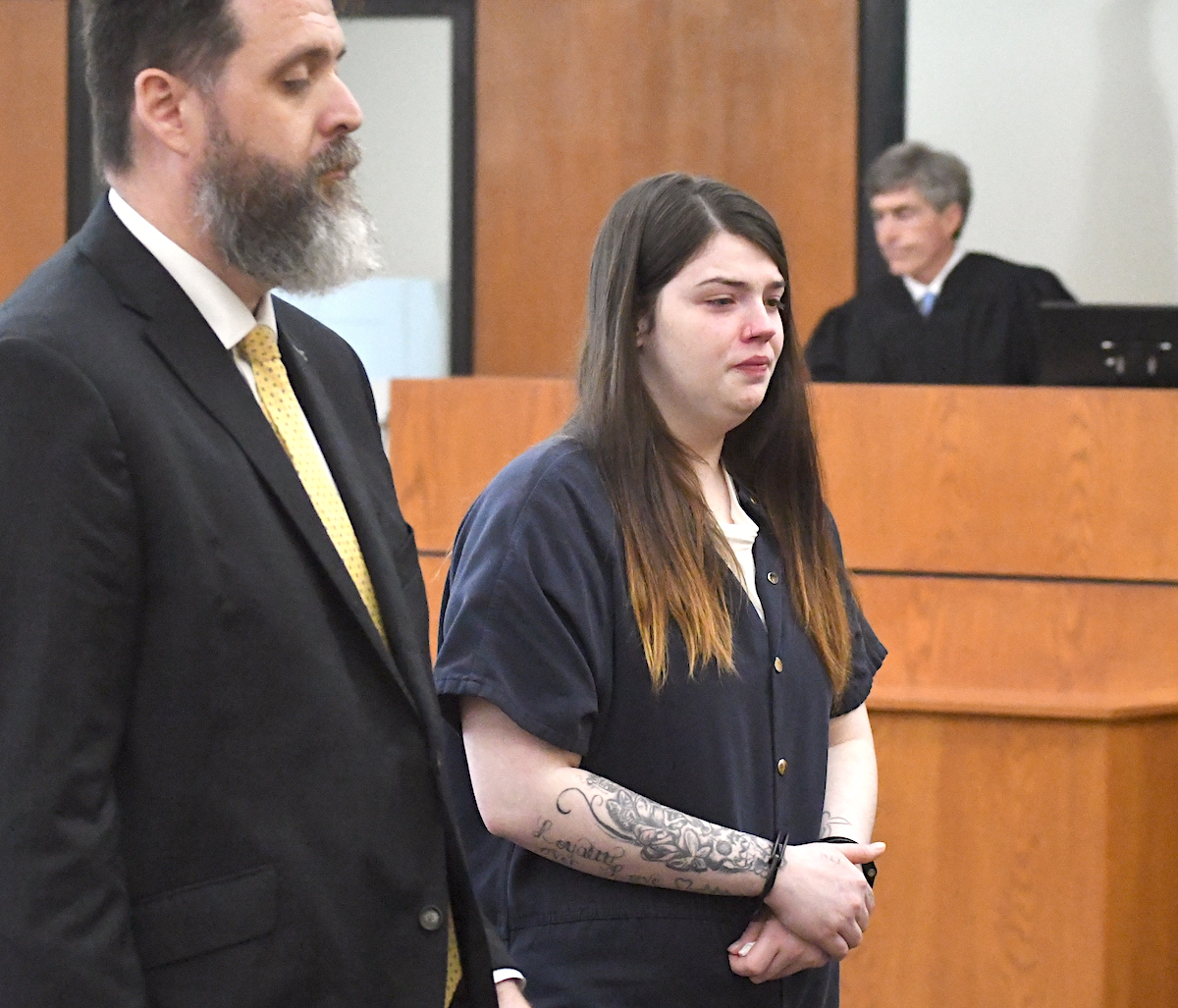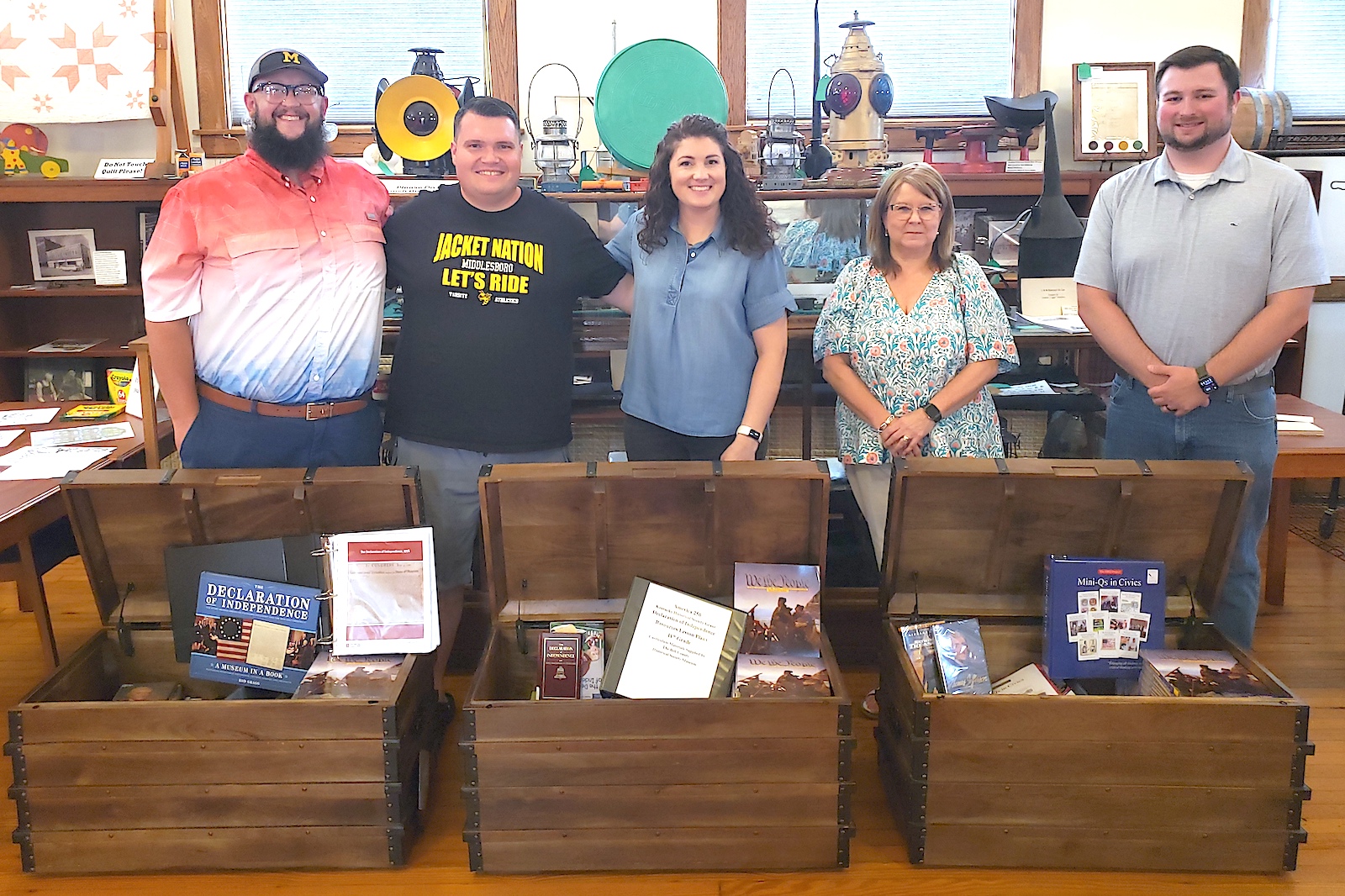Kentucky legislature: A historian’s perspective
Published 6:21 pm Tuesday, March 26, 2024
By James C. Klotter
Kentucky Lantern
During the current legislative session, the budget that finally emerges will be the result of some compromise and a good deal more behind-the-scenes action. The Republican majority paid scant attention to the Democratic governor’s recommendations. Some observers have argued that having a Republican governor at this time would have better served the state given that party’s overwhelming supremacy in both chambers. But history shows us that such a view could be in error, for when Democrats dominated the state for decades — even more than Republicans do now — strong legislative leadership did not necessarily follow.
Of course, it was a very different era, overall, as I wrote about in “A New History of Kentucky.” (University Press of Kentucky, 2018). In 1951, a losing candidate for governor had attacked the political immorality and corruption in the state capital, “our Nineveh on the Kentucky River.” That was nothing new, for criticism had long existed regarding the influence of lobbies, the way votes were secured, and, on occasion, the general quality of the elected officials themselves.
Journalists in the 1950s and later noted that the liquor lobby kept a 24-hour open house, with free drinks, for any member, “a temptation that proved fatal to many a lawmaker away from home and the cold eye of the Baptist Church.” One member was known for drinking out of a milk carton on the chamber floor; it was less well-known that the carton contained a mixture of half milk, half vodka.
And antics could be very open. When a bill passed as a result of some political dealings, or even a monetary payoff, it was labeled a turkey bill, and members would yell out, “Gobble, Gobble, Gobble,” as the vote was taken. In 1972 a live turkey was released on the house floor, with the name of a bill on a sign around its neck. Capers such as that brought a versifier to conclude:
Our ancestors settled the country
when it was wild and dense,
Trending
then politicians took over
and it’s been unsettled since.
In the four decades after the end of World War I, the pattern for the Kentucky legislature had been rather settled, however. The typical legislator was a white, middle-aged male who attended a Baptist church, practiced law, voted Democratic, and during the successful sessions usually followed the governor’s wishes on key votes and in the selection of leadership.
While turnover in the Kentucky Senate generally matched national trends, Kentucky House members changed at a much more rapid rate, owing in part to the practice of rotating the nomination among the counties constituting a district. At a time when a rate exceeding 50 percent was deemed “excessive turnover,” in the decades of the 1940s and 1950s nearly 62 percent of the legislators in the house changed in each 10-year period.
Slowly, though, those rates decreased. A strong committee system developed, members were better informed, and professionalism grew. The Kentucky General Assembly attracted more members oriented to their legislative careers and, not coincidentally, less likely to accept gubernatorial guidance.
For a century and a quarter after the Civil War, the Democratic Party ruled unchecked. Only once — in 1920 — had the Republican Party gained control of even one house of the legislature, and that had lasted but a single session. The New Deal of the 1930s cemented Democratic dominance until the 1990s.
The first governor from the Jackson Purchase, the late Julian Carroll, entered his full term in 1975 with a mandate, an ample treasury, and perhaps as much experience as any of his 20th century predecessors. An attorney and excellent stump speaker, he had served 10 years in the legislature (four as speaker of the house), three in the lieutenant governor’s office, then one as governor, after Wendell Ford resigned to become a U.S. senator.
He brought an extensive knowledge of the details of government to the job and so controlled his first legislative session that an observer said, “A cockroach couldn’t crawl across the Senate floor without an OK from the governor stamped on his back.”
Yet, despite that control, during his term, Carroll pumped considerable money into the secondary and elementary schools, expanded the state park system, provided aid to the poor to help pay fuel bills, and abolished the bail bonding system.
Moreover, the governor implemented a constitutional amendment that voters quietly approved in 1975, which drastically reorganized the state’s legal system and made it a model for the nation.Under this amendment the position of county judge became totally administrative. A district court system formed the core of the revamped judicial plan. The amendment also renamed the state’s highest court the Kentucky Supreme Court and created a new Kentucky Court of Appeals to hear cases from the circuit courts.
Yet Carroll experienced little good fortune outside state government. A few months before he took office, over two dozen tornadoes had ripped through the state, leaving behind 77 deaths and much devastation.
Floods, severe winters, the Scotia mining disaster that cost 26 lives in Letcher County in 1976, and the Beverly Hills Supper Club fire in Campbell County that left 165 dead in 1977 brought more grief and eventually some regulatory reforms. Gov. Andy Beshear has faced even more devastating challenges and has done well in coping with them.
Despite its emerging professionalism over the last half-century, the work of the legislative branch still falls victim to competing interests and narrow partisanship. Legislators continue to pass laws that should not pass and stake out positions best left unsaid.
As a result, the public are often left to ponder the wisdom of the late Happy Chandler’s famous quip — uttered before voters in 2000 approved annual sessions of the General Assembly — that instead of meeting every two years for 60 days, the General Assembly should gather every 60 years for two days.
James C. Klotter is the State Historian of Kentucky and professor emeritus of history at Georgetown College.






